American Federation Of Teachers Lawsuit Forces Education Dept. To Extend Student Loan Forgiveness – Financial Freedom Countdown
The American Federation of Teachers (AFT) and the U.S. Department of Education have struck a temporary deal that pauses key parts of their lawsuit over student loan repayment programs.
The agreement, filed in federal court, ensures that loan discharges will continue while halting denials tied to “partial financial hardship” rules; a controversial standard that has blocked many borrowers from accessing forgiveness.
Loan Forgiveness Will Continue; Even as Case Proceeds

Under the agreement, the Education Department will keep processing discharges through the major income-driven repayment plans: Income-Based Repayment (IBR), Income-Contingent Repayment (ICR), and Pay As You Earn (PAYE).
This means borrowers already eligible for cancellation won’t have their relief interrupted by the ongoing court battle. For those who’ve made extra qualifying payments, the Department confirmed they’ll be reimbursed for any overages.
Key Win: “Partial Financial Hardship” Rule on Hold

One of the most significant changes is the Department’s decision to stop denying applications based solely on the outdated “partial financial hardship” requirement. Borrowers who were rejected since July 4, 2025, under that rule will soon be invited to reapply.
The shift marks a victory for the AFT, which argued the standard unfairly penalized borrowers amid inflation and stagnant wages.
Borrowers Protected From Surprise Tax Bills
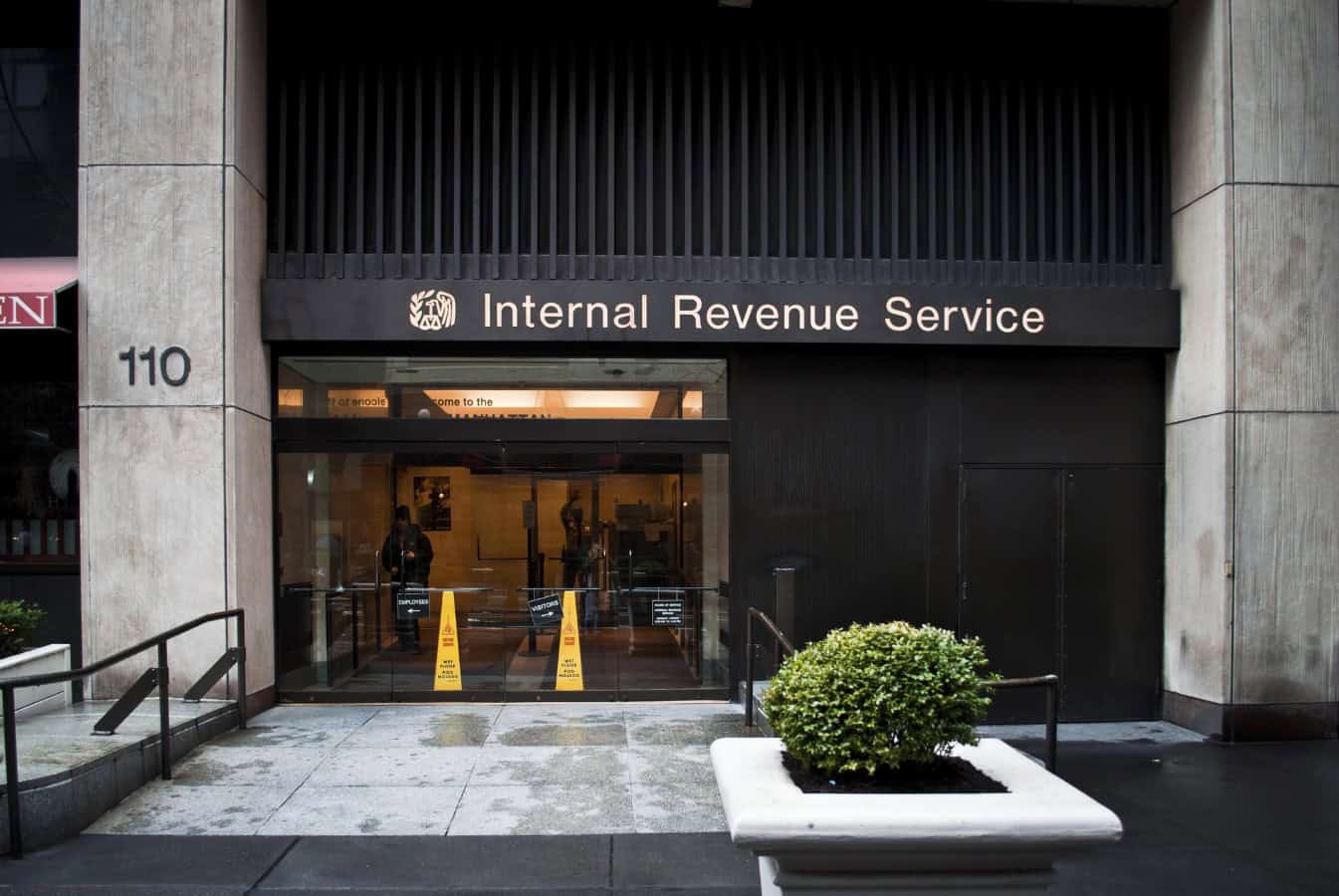
The Education Department also clarified that it will not issue IRS Form 1099-C for borrowers whose loans are discharged this year, preventing surprise tax bills in 2025.
While final tax treatment decisions still rest with the IRS and Treasury, the clarification adds a layer of reassurance for borrowers worried about being taxed on forgiven debt.
Transparency Mandated Through Six Public Reports

To boost accountability, the Education Department must now release six public status reports over the next several months. Each report will outline application backlogs, denials, approvals, and the number of discharges issued across repayment and forgiveness programs; including the troubled Public Service Loan Forgiveness (PSLF) “Buyback” system.
The first report is due within 30 days after the current government shutdown ends.
Court Approval Still Pending — But Borrowers See Immediate Relief
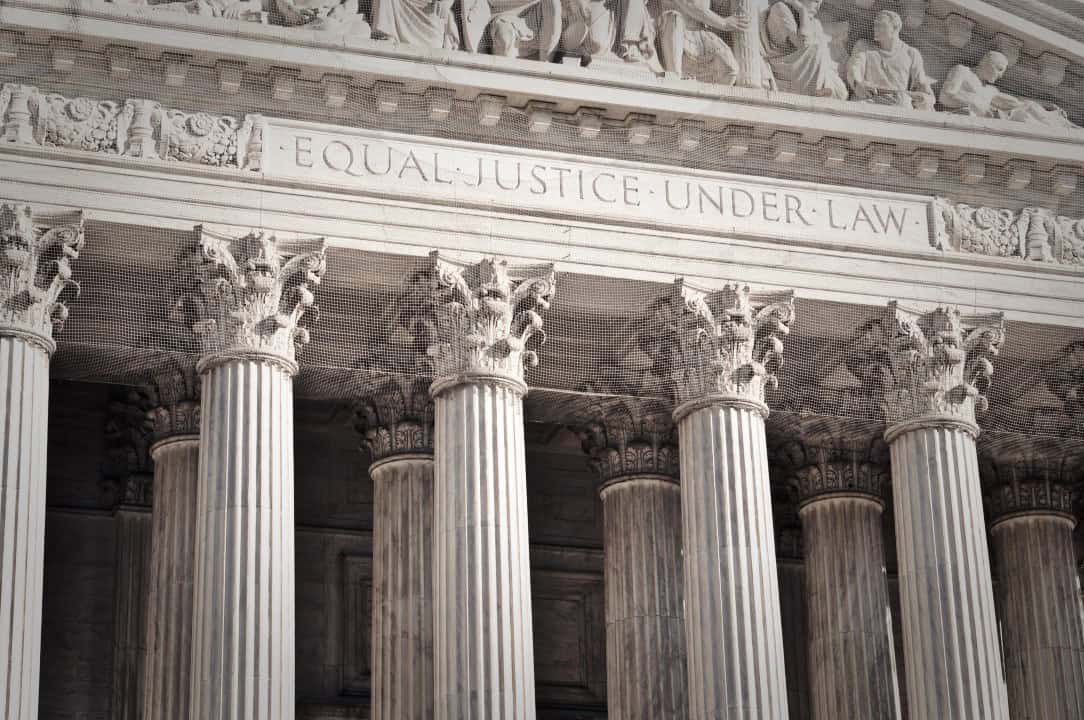
Judge Reggie B. Walton must still sign off on the joint filing, but the temporary framework takes effect immediately.
For borrowers denied after July 4, 2025, because they didn’t meet the hardship definition, this agreement opens a path to reapply; and possibly see their forgiveness reinstated before the year’s end.
Millions Caught in a System That’s Still Evolving

Despite this breakthrough, the larger lawsuit remains unresolved.
The AFT continues to challenge how the Department manages overlapping repayment systems that have confused millions of borrowers for years.
The case could ultimately reshape how income-driven repayment and forgiveness are administered — setting new precedents for future borrowers.
What Borrowers Should Expect Next

The Department’s internal systems are expected to be updated by Winter 2025, at which point rejected borrowers will be notified of their right to reapply.
Until then, the pause on hardship-based denials will stay in effect, and the agency’s upcoming public reports should offer unprecedented visibility into how forgiveness is being handled.
Education Department and Teachers’ Union Reach Temporary Truce

For now, the Education Department’s decision offers short-term relief and long-awaited clarity based on the joint status report filed in the U.S. District Court for the District of Columbia by both parties.
Loan forgiveness under IDR programs continues, hardship rules are frozen, and transparency is coming; but the final outcome of this legal fight could still redefine the student debt landscape in 2026 and beyond.
Like Financial Freedom Countdown content? Be sure to follow us!
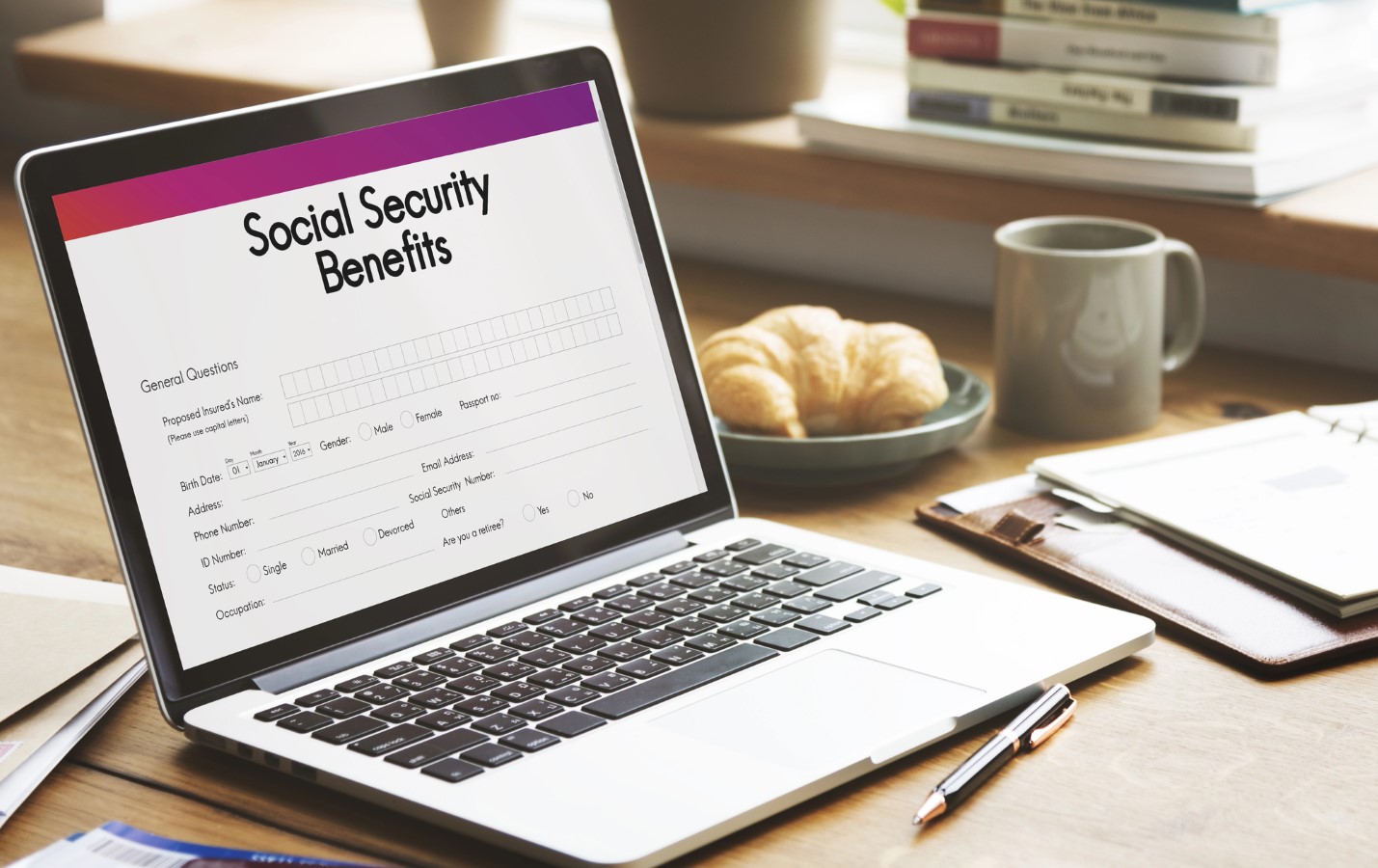
In a rare move amid the ongoing government shutdown, the Bureau of Labor Statistics (BLS) announced Friday that it will still release the September Consumer Price Index (CPI) report on October 24 clearing the way for the Social Security Administration (SSA) to announce the 2026 cost-of-living adjustment (COLA) on the same day. The decision reverses earlier fears that millions of retirees would be left waiting indefinitely for word on their benefit increases.
Social Security’s 2026 COLA Announcement Back on Track as Shutdown Forces BLS to Make Rare Exception
IRS Rolls Out New Form to Claim Trump’s Tax Breaks For Seniors, Tips, Overtime, and Car Loans

The Internal Revenue Service has released an early draft of a new form that will make it easier for working Americans to take advantage of tax breaks included in President Trump’s One Big Beautiful Bill Act. The new two-page form, Schedule 1-A, will allow taxpayers to claim deductions on tips, overtime pay, car loan interest, and enhanced senior benefits beginning with 2025 returns filed next year. The changes mark a rare expansion of tax relief for ordinary Americans; extending benefits to those who take the standard deduction as well as those who itemize.
IRS Rolls Out New Form to Claim Trump’s Tax Breaks For Seniors, Tips, Overtime, and Car Loans
Social Security’s “Full Retirement Age” May Get a Rebrand; But Critics Say It Misses the Real Problem

Most Americans don’t actually know when they qualify for their full Social Security benefits. A recent survey by the Nationwide Retirement Institute found that only 21% of adults could correctly identify the age when they can claim 100% of their earned benefits. The confusion isn’t surprising; the program’s terminology has long been a tangle of jargon and outdated phrases.
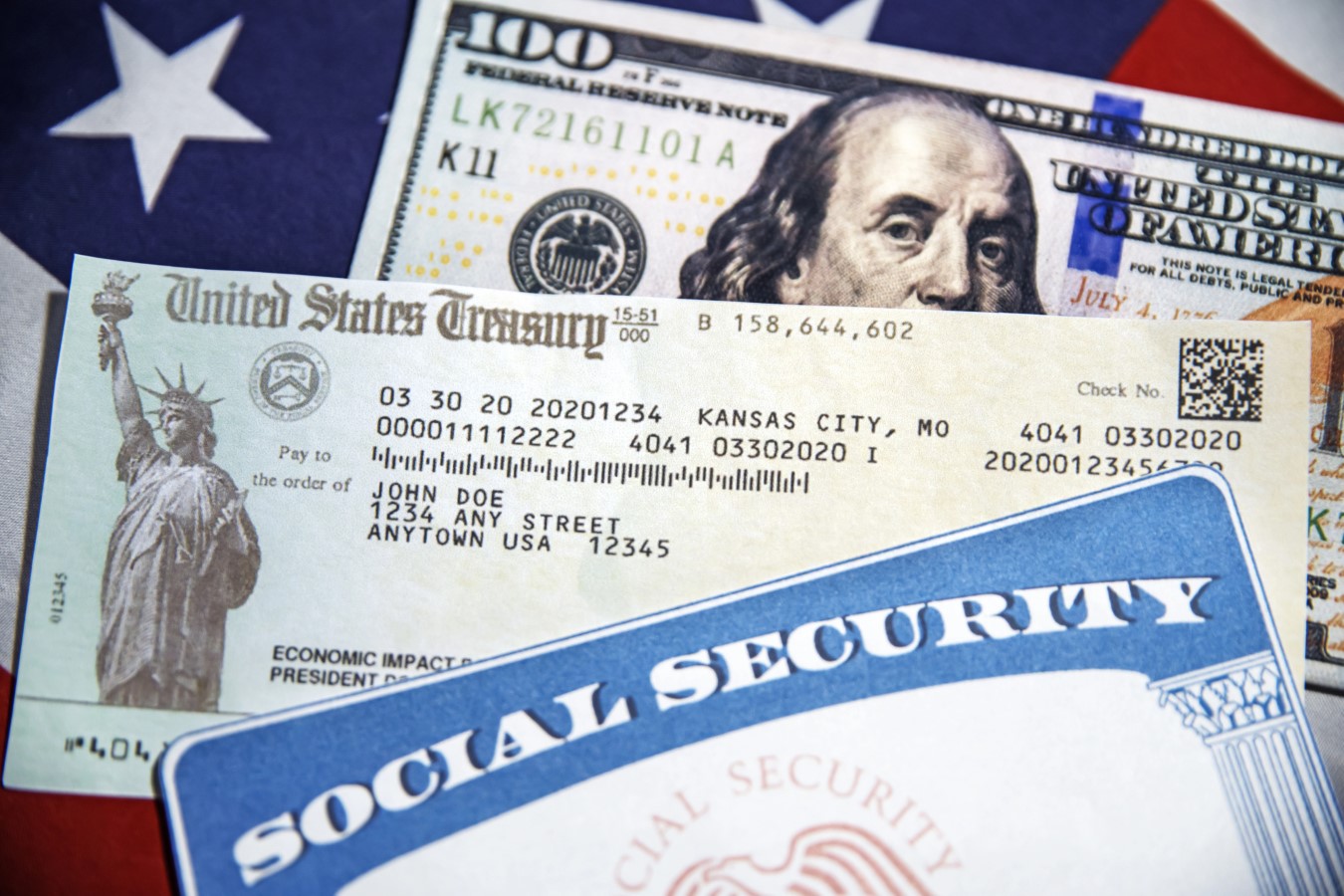
Starting September 30, 2025, the Trump administration will end the use of paper checks for Social Security benefits, completing the Social Security Transition to Electronic Payments. While more than 99% of seniors are already set up electronically, a small group still receiving paper checks must act now to avoid payment delays. Beneficiaries who haven’t switched yet will need to enroll in direct deposit or request a Direct Express card to keep their monthly benefits arriving on time. This change is part of a broader government effort to reduce fraud, improve efficiency, and save taxpayer dollars.
Trump’s Social Security Upgrade Ends Paper Checks on Sept. 30. What Seniors Must Do Now
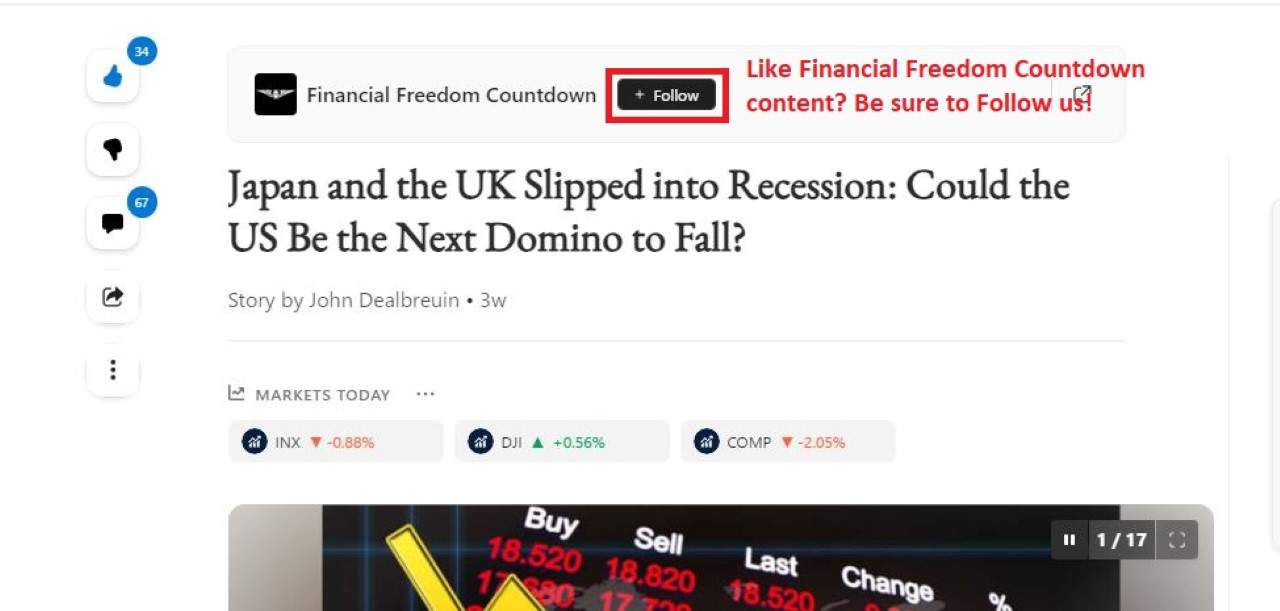
Did you find this article helpful? We’d love to hear your thoughts! Leave a comment with the box on the left-hand side of the screen and share your thoughts.
Also, do you want to stay up-to-date on our latest content?
1. Follow us by clicking the [+ Follow] button above,
2. Give the article a Thumbs Up on the top-left side of the screen.
3. And lastly, if you think this information would benefit your friends and family, don’t hesitate to share it with them!

John Dealbreuin came from a third world country to the US with only $1,000 not knowing anyone; guided by an immigrant dream. In 12 years, he achieved his retirement number.
He started Financial Freedom Countdown to help everyone think differently about their financial challenges and live their best lives. John resides in the San Francisco Bay Area enjoying nature trails and weight training.
Here are his recommended tools
Personal Capital: This is a free tool John uses to track his net worth on a regular basis and as a retirement planner. It also alerts him wrt hidden fees and has a budget tracker included.
Platforms like Yieldstreet provide investment options in art, legal, real estate, structured notes, venture capital, etc. They also have fixed-income portfolios spread across multiple asset classes with a single investment with low minimums of $10,000.